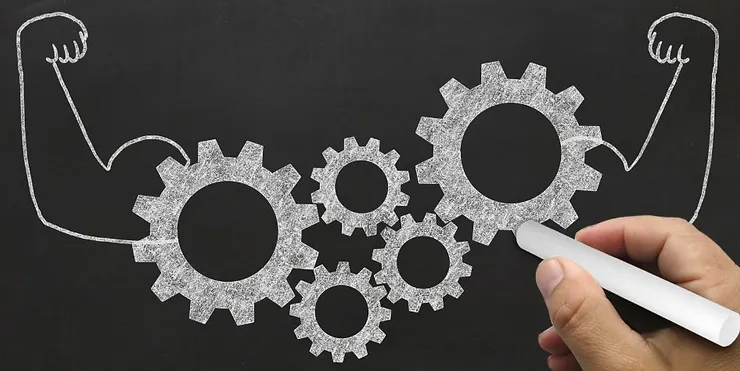In a recent article, I discussed how to prepare for meaningful conversations and
delve into feedback effectively, using some tried and tested models.
Chances are you may well have used this to improve your ability to provide constructive feedback to help individuals with their development.
How often do you engage in similar preparation activities when having a dialogue with someone about their strengths and what they
are good at?
A strength can be defined as something you enjoy doing, that you are good at and that you do regularly. When individuals use their strengths, they experience a sense of authenticity and energy, leading to successful outcomes.
A simple and interesting exercise you can try out is getting someone to talk about
something they find difficult; then, ask them to talk about something they enjoy doing. Observe any differences in body language, tone, and volume, and pay attention to the words they use. Is the person noticeably more energised when talking about something they are good at compared to when they are describing something they do not enjoy doing?
Focussing on someones strengths is beneficial for several reasons:
-
Boosts Confidence: Acknowledging and discussing someone’s strengths can remind them of their capabilities and achievements, helping them feel valued and boosting their self-esteem.
-
Encourages Growth: Individuals tend to develop skills more quickly and effectively when they focus on tasks that align with their strengths.
-
Reduced Stress and Burnout: Working in alignment with strengths can help individuals feel more competent and fulfilled, reducing stress and burnout.
-
Improves Performance: By focusing on tasks and activities that align with their strengths, individuals are more likely to perform at their best, leading to greater productivity and success.
Strength spotting is a valuable practice for leaders seeking to maximise potential. By identifying and nurturing an individual’s strengths, you can create a more engaged, motivated, and high-performing workforce. How often do you give a person work based on the fact they do an excellent job without checking whether it energises or de-energises that individual?
As a leader, you should already recognise the realised strengths of your team
members, as they are the capabilities that drive current performance. However,
identifying unrealised strengths will enable you to tap into unrecognised potential.
Certain indicators can help identify strengths in yourself and others:
-
What activities give you an energetic buzz when you are doing them?
-
When do you feel the most like the “real you”?
-
What are the things you have picked up quickly and learned effortlessly?
-
What abilities do you use outside work that you want to use more inside work?
-
What things never make it onto your “to-do” list?
And whilst we’re on the subject of strength spotting – when was the last time you
stopped to consider your strengths?
How are your strengths serving you in your role, and how much of what you do is learned behaviour? Too much reliance on learned behaviours can become draining and de-energising.
I’ll leave you with some coaching questions you can try out with your team or
explore for yourself:
-
Which of your strengths would you like to be known for?
-
Can you describe a time when you have used this strength recently?
-
Are there any situations where you may overplay any of your strengths
-
Thinking about future success, how can you moderate the most draining learned behaviours?
-
How reliant are you on learned behaviours to perform your role well?
-
How can you rely on your learned behaviours less?
-
How can you ask team members to support you?





